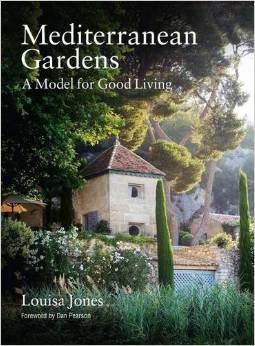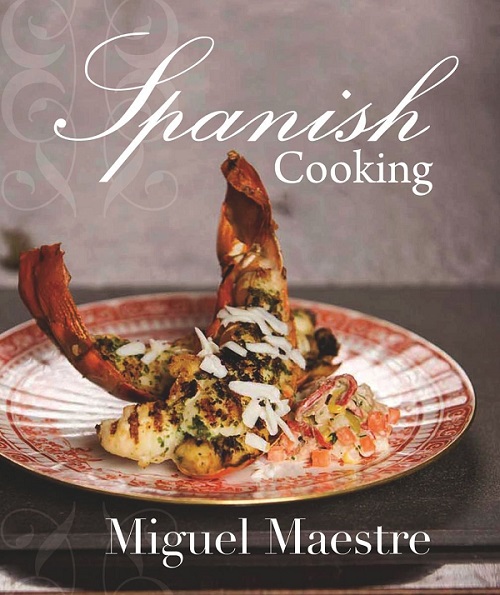
I must admit that these days I am not a great reader of novels, even historical ones, which have in the past always been part of my reading preferences.
Out of curiosity the other day when perusing e-book downloads, I came across this historical novel of Renaissance Florence by Maryann Philip (2011), which is described as “A True Story of Homosexual Persecution in Renaissance Italy Featuring its Greatest Artists”.
The novel which is said by the author to be an “historically accurate mystery” centres on key figures of Renaissance Florence – specifically Leonardo da Vinci and NIccolò Machiavelli – bringing them together to solve a murder mystery involving a serial killer and the infamous Night Office, which persecuted homosexuals. Philip also interweaves into the story the much written about rivalry between Leonardo and Michelangelo, Leonardo’s relationship with “his son” Salai, Bottecelli, Raphael, Pope Julius, the re-routing work of Leonardo on the Arno River, amongst other characters and events.
Central to the plot of the story is Nicola Machiavelli, the ‘love child’ of Caterina da Fiesole and Niccolò Machiavelli, who is drawn in to assist in, then play a key role in, solving these murders, while her mother Caterina, estranged from her father who is receiving threatening notes, struggles to reconcile with him and returns as the lover of Machiavelli.
The book is an easy, entertaining read with interesting twists and turns, such as the purported love affair between Nicola and the charming young Raphael, but it is the friendship (historically undocumented) between Leonardo da Vinci and Machiavelli which drives the plot and is believably presented.
In lieu of any footnotes, the author has provided an afterward which she describes as a ‘chapter-by-chapter commentary on the historical background to this work of fiction’. The afterward however is not accurately a chapter-by-chapter commentary as it does not cover every chapter. There is also a partial bibliography, which is a curious but useful addition.
As a work of historical fiction, it ticks the boxes and makes for a quick and entertaining read. The author has written another fictional work of the same genre – A Borgia Daughter Dies – so if you enjoyed reading this one, you may care to read a further mystery involving Nicola, Caterina and Leonardo da Vinci.
I enjoyed the light interlude this novel presented so perhaps you may care to set aside a little time and read an interesting piece of historical fiction.









